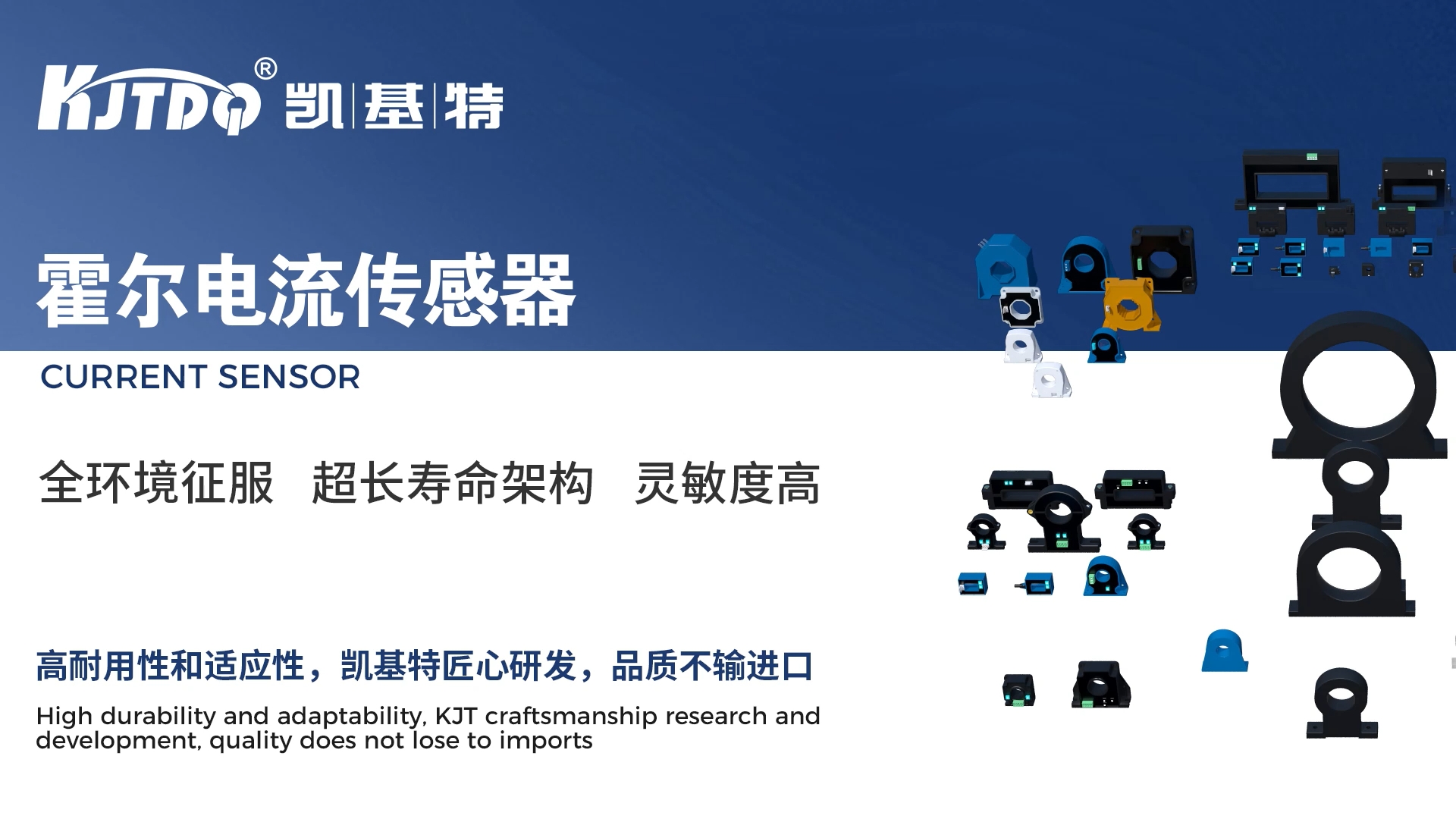
Проверка

Проверка

Проверка

Проверка

Проверка

Проверка

Title: Revolutionizing Smart Homes and Beyond: The Power of IoT Proximity Sensors In an era where technology seamlessly intertwines with our daily lives, the Internet of Things (IoT) stands as a pioneering force. At the heart of this technological revolution are IoT proximity sensors, devices that detect the presence or absence of objects without physical contact. These sensors are transforming industries, enhancing smart home experiences, and paving the way for a more connected future. Understanding IoT Proximity Sensors IoT proximity sensors operate on various principles including infrared, ultrasonic, capacitive, and magnetic sensing technologies. They work by emitting a signal or field that changes in response to nearby objects. When an object comes within range, it disrupts the signal or field, which is then translated into digital data. This information can be utilized to automate tasks, monitor environments, or trigger alerts based on predefined conditions. Интеграция умных домов The integration of IoT proximity sensors into smart homes has brought about a paradigm shift in how we interact with our living spaces. These sensors can be embedded into doors, windows, appliances, and even furniture to detect movement and occupancy. For instance, a smart light can automatically turn on when someone enters a room and turn off when no motion is detected, thus conserving energy. Similarly, smart thermostats adjust the temperature based on whether a room is occupied, optimizing comfort while saving on heating and cooling costs. Furthermore, IoT proximity sensors enhance security systems by detecting unauthorized entry points. They can send real-time notifications to homeowners’ smartphones, ensuring peace of mind and immediate action if needed. Industrial and Commercial Applications Beyond the realm of smart homes, IoT proximity sensors hold immense potential in industrial and commercial settings. In manufacturing, these sensors can monitor machinery for maintenance needs, preventing costly downtime and extending equipment lifespan. Retail spaces utilize proximity sensors to track customer flow, optimize shelf stocking, and even provide personalized shopping experiences through targeted advertisements and offers. Healthcare facilities also benefit from such technology; IoT proximity sensors can monitor patients’ vital signs without constant physical checks, allowing for more efficient care and reducing the risk of cross-infection. Проблемы и перспективы на будущее Despite their numerous advantages, IoT proximity sensors face challenges such as interoperability between devices from different manufacturers, data privacy concerns, and the need for robust cybersecurity measures. As the IoT ecosystem continues to evolve, standardization efforts and advanced encryption protocols are being developed to address these issues. Looking ahead, the future of IoT proximity sensors is bright. With advancements in artificial intelligence and machine learning, these sensors are expected to become even smarter, capable of predicting patterns and behaviors to offer more proactive automation and insights. In conclusion, IoT proximity sensors are not just gadgets; they represent a significant leap towards a more intelligent and efficient world. By harnessing their capabilities, we stand on the brink of a new era of connectivity that promises to redefine our everyday experiences and operational practices across various sectors









